
2025. July 02.
What lies behind Meta's artificial intelligence reorganization?
Mark Zuckerberg, CEO of Meta, is not taking a bold step for the first time, but this time he is carrying out a more comprehensive reorganization than ever before in the company's artificial intelligence divisions. All existing AI teams, including research and development, product development, and basic model building, will fall under the newly created division called Meta Superintelligence Labs (MSL). The goal is not only to create artificial intelligence (AGI) that can compete with human thinking, but also to create a system-level superintelligence that surpasses human capabilities.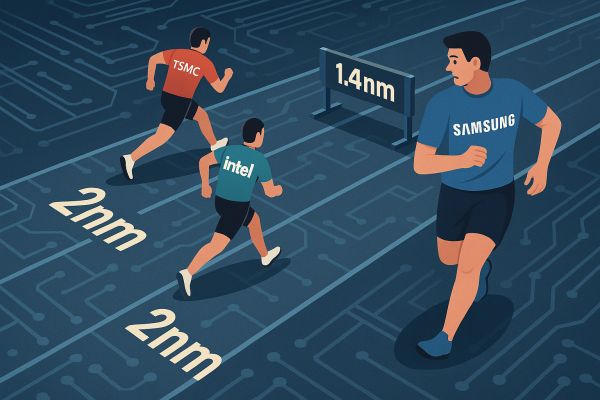
2025. July 02.
Why is Samsung stopping production of 1.4nm chips – and what does this mean for future phones?
Samsung's latest announcements about delays in 1.4 nanometer chip production foreshadow worrying consequences. Although this may seem like a minor engineering detail at first glance, the decision could have serious implications for the mobile industry as a whole and for Samsung's own chip manufacturing strategy. It is worth understanding what this actually means and why the manufacturing technology used for future Exynos chips matters.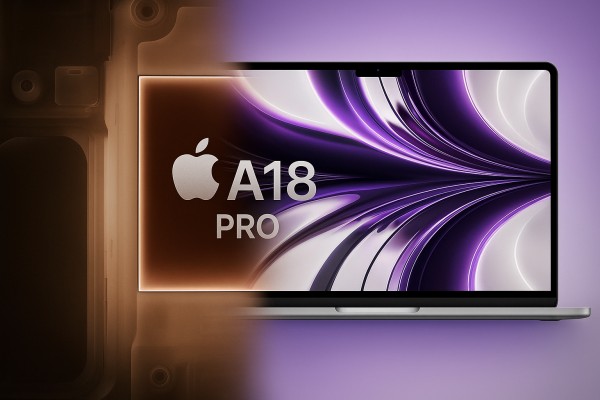
2025. July 01.
New direction at Apple: the next, cheaper MacBook may feature an iPhone chip
Apple is working on a product that may not seem revolutionary at first glance, but could bring about a noticeable change in the company's strategy. They are planning to introduce a new, lower-priced MacBook that will not be based on the usual M-series processors, but on the A18 Pro chip used in iPhones. This small but significant technological decision is not only aimed at reducing manufacturing costs, but could also open up new customer segments for Apple, particularly in the education sector and among users with basic needs.
2025. June 30.
Samsung is changing: this is what the Galaxy Z Fold7 will look like, which we haven't seen yet
One of the most exciting areas of the mobile phone market is the development of foldable devices, where technological innovations and user feedback create a particularly sharp collision zone. Ahead of Samsung's Galaxy Unpacked event on July 9, there is already significant interest in the Galaxy Z Fold7, which could be a milestone in many ways – but not all aspects of it have been met with unanimous enthusiasm.
2025. June 30.
Sovereign AI, secret share sales – what is going on behind the scenes at NVIDIA?
The artificial intelligence industry has experienced unprecedented momentum in recent years, and one of the biggest winners of this wave is undoubtedly NVIDIA. Known for its graphics processors, the company is now not only a favorite among gamers and engineers, but has also become a central player in international technology strategies. Its shares are hitting historic highs on the US stock market, while more and more government cooperation and geopolitical threads are beginning to weave around it. But what does all this tell us about the future, and how well-founded is the current optimism?
2025. June 30.
GNOME 49 will no longer support X11
Although GNOME is perhaps the most commonly used desktop environment for individual Linux distributions, the developers have decided to make deeper structural changes in GNOME 49, which will affect distribution support.
2025. June 29.
Facebook's new AI feature quietly opens the door to mass analysis of personal photos
Users who want to share a post on Facebook are greeted with a new warning: a pop-up window asking for permission for “cloud-based processing.” If we approve, the system can access our entire phone photo library—including photos we've never uploaded to the social network. The goal: to generate creative ideas using artificial intelligence, such as collages, themed selections, or stylized versions.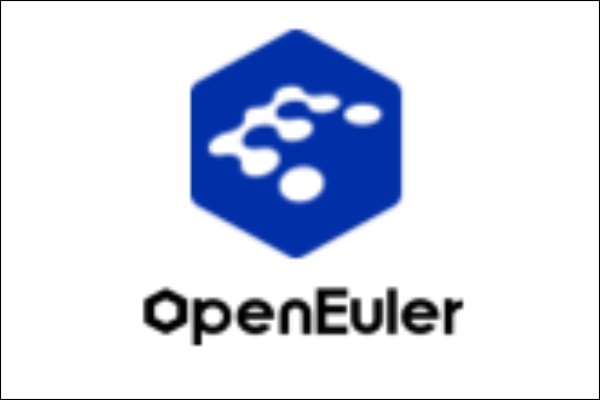
2025. June 28.
openEuler 24.03-LTS-SP2 is the platform of choice for large enterprises in China
The future of digital infrastructure is increasingly based on operating systems that can meet the stability, innovation and compatibility requirements of different industries. openEuler, China's first community open source operating system, is not just a technology product, but the result of a long-term strategic effort to create an independent and diverse technology ecosystem. The latest major milestone in this development is openEuler 24.03 LTS SP2.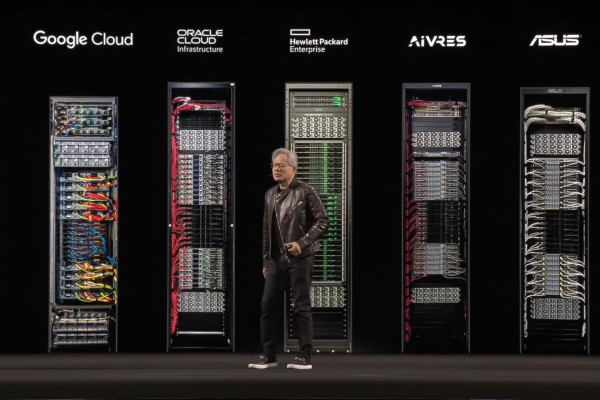
2025. June 27.
Will ASICs replace NVIDIA GPUs?
The development of artificial intelligence over the past decade has been closely linked to the name NVIDIA, which has become the dominant player in the market with its graphics processing units (GPUs). A significant portion of today's AI models are built on these GPUs, and NVIDIA's decade-old software ecosystem—especially the CUDA platform—has become an indispensable tool for research, development, and industrial applications. At the same time, in recent years, the biggest players in the technology sector – including Google, Amazon, Meta, and Microsoft – have been turning with increasing momentum toward AI chips developed in-house and optimized for specific tasks, known as ASICs.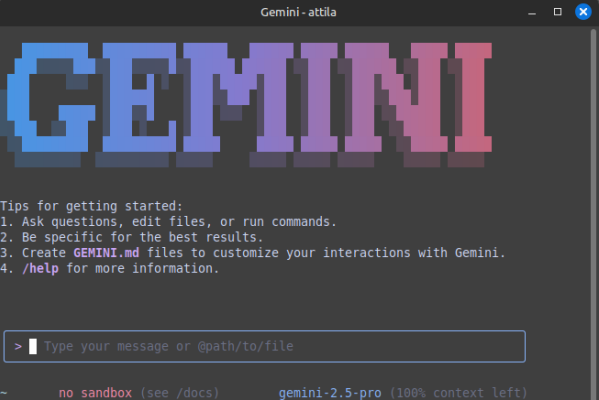
2025. June 27.
Google Gemini CLI, a powerful offering in the field of AI accessible from the terminal
Google's recently announced Gemini CLI is an open source, command line AI tool that integrates the Gemini 2.5 Pro large language model directly into the terminal. The goal of the initiative is nothing less than to transform natural language commands into real technical workflows, in an environment that has already been synonymous with efficiency for many.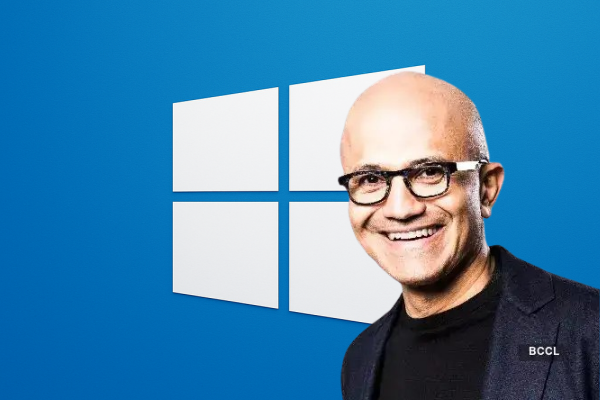
2025. June 26.
Satya Nadella's thoughts on the role, future, and responsibility of artificial intelligence
Rapid change is not uncommon in the world of technology, but rarely does it affect so many sectors at once as today's artificial intelligence (AI) revolution. In an interview with Y Combinator, Satya Nadella, CEO of Microsoft, not only assessed technological developments, but also placed the development of AI in a broader social and economic context. His approach is restrained, calm, and purposeful: AI is not a mystical entity, but a tool that must be properly applied and interpreted.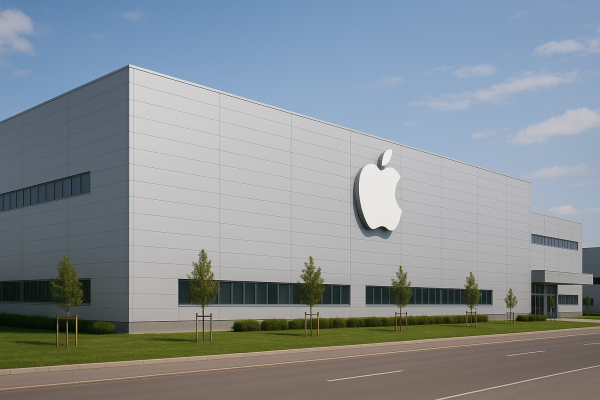
2025. June 26.
Apple joins China's subsidy programme: market protection with discounts
Apple has officially joined the Chinese government's consumer electronics subsidy programme to boost domestic consumption, reports the South China Morning Post. The move can be seen as both a market adaptation and a strategic attempt by the US technology giant to strengthen its position in an increasingly competitive environment. Under the programme, shoppers in the Chinese cities of Beijing and Shanghai can now get direct discounts on certain Apple products.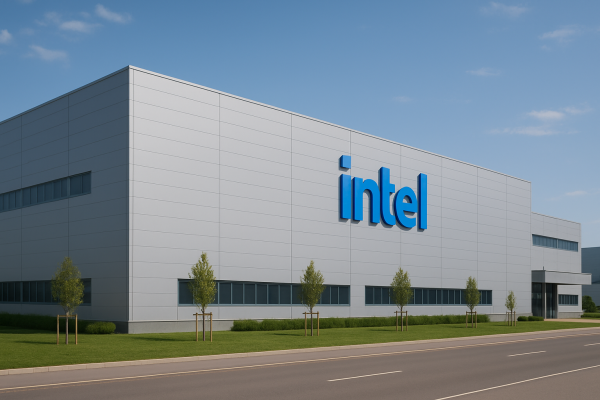
2025. June 26.
Intel's new 18A chip manufacturing process: moderate progress or a turning point in the global semiconductor industry?
Intel recently published a detailed technical analysis of its latest manufacturing technology, known as 18A, which the company says represents a significant advance in performance, power consumption, and transistor density. Based on the material presented at the VLSI 2025 symposium, the new manufacturing node promises up to 25% faster speed, 36% lower power consumption, and approximately 30% higher transistor density compared to the previous Intel 3 process. While these figures are impressive in themselves, the significance of the process lies primarily in the fact that this is the first time in years that Intel can offer a truly competitive alternative to the world's leading chip manufacturer, Taiwan's TSMC.
2025. June 25.
What does RefreshOS 2.5 offer Linux users?
The world of Linux distributions is rich but often divisive: on one side are complex, purist systems, and on the other are solutions that try to satisfy every need but are often overloaded. RefreshOS aims to bridge the gap between the two. The latest 2.5 release of the system developed by eXybit Technologies™ (formerly eGoTech™) is the latest step in this endeavor, building on the stable foundations of Debian to provide a simple yet modern user experience.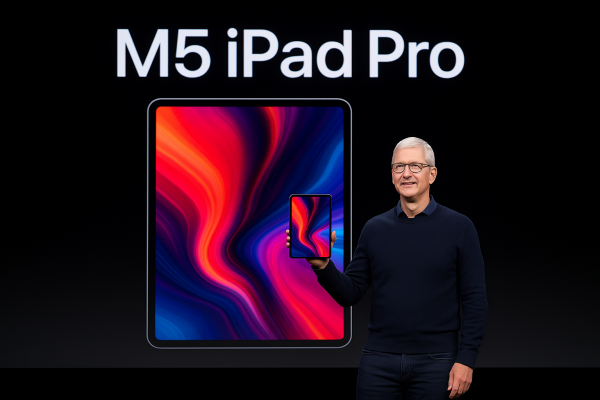
2025. June 25.
The new M5 iPad Pro is coming: what can we expect from Apple's next tablet?
Apple's product announcements always receive significant attention, especially when it comes to a flagship device like the iPad Pro. Although there has been no official confirmation yet, industry players and analysts expect the new iPad Pro with the M5 chip to be released in late 2025 or early 2026 at the latest. Signs indicate that Apple is sticking to the 18-month update cycle it uses for iPad Pro models.
2025. June 25.
The future of AI and the price of transparency – What do the OpenAI files say?
There has been growing interest in OpenAI's operations in recent times. This is no coincidence: the artificial intelligence models they have developed – such as ChatGPT – are widely used, while we have only fragmentary information about the decision-making and ownership structures behind them. Some light is shed on this obscurity by a report called OpenAI Files, prepared by two technology oversight organizations, the Midas Project and the Tech Oversight Project. The document not only discusses the company's internal operations, but also touches on broader social issues: what mechanisms are needed when a private company holds the key to the economy of the future?
2025. June 24.
The dawn of artificial intelligence
Sam Altman, CEO of OpenAI, recently gave an in-depth insight into the future of artificial intelligence (AI), the challenges of founding OpenAI, and the explosive growth he envisions. His reflections not only push the boundaries of our technological vision, but also show how our work, our daily lives, and our society could fundamentally change.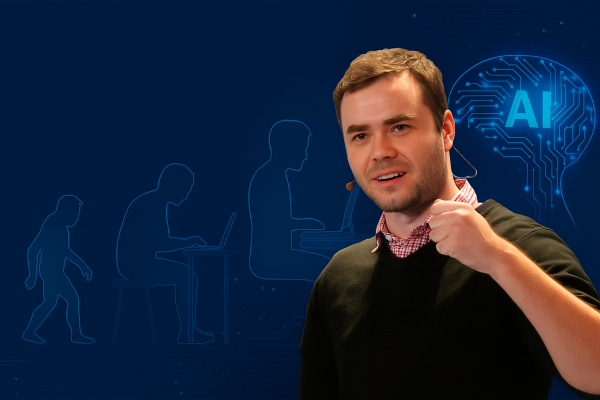
2025. June 24.
A new era in software development
Over the past few decades, software development has fundamentally shaped our digital world, but the latest technological breakthroughs are ushering in a new era in which computer programming is undergoing a radical transformation. According to Andrej Karpathy, former director of artificial intelligence at Tesla, software development has accelerated dramatically in recent years after decades of slow change, fundamentally rewriting our understanding of programming.Linux distributions
Linux distribution updates released in the last few days
-

Parrot
6.42025. July 02.
-

TUXEDO OS
202507022025. July 02.
-

deepin
25.0.12025. July 02.
-

ALT Linux
11.0 "Education"2025. July 01.
-

Arch Linux
2025.07.012025. July 01.
-

Berry Linux
1.422025. July 01.
-

Bluestar Linux
6.15.42025. July 01.
-

Dr.Parted Live
25.072025. July 01.
-

ExTiX
25.72025. July 01.
-

Expirion Linux
6.0-2507012025. July 01.
-

Gentoo Linux
202506292025. July 01.
-

blendOS
5a62dd592025. July 01.
-

CentOS
10-202506302025. June 30.
-

PLD Linux Distribution
20250630 "New Rescue"2025. June 30.
-

4MLinux
48.12025. June 29.
-

openmamba GNU/Linux
202506282025. June 28.
Popular
-
2025. June 12.
-
2025. June 10.